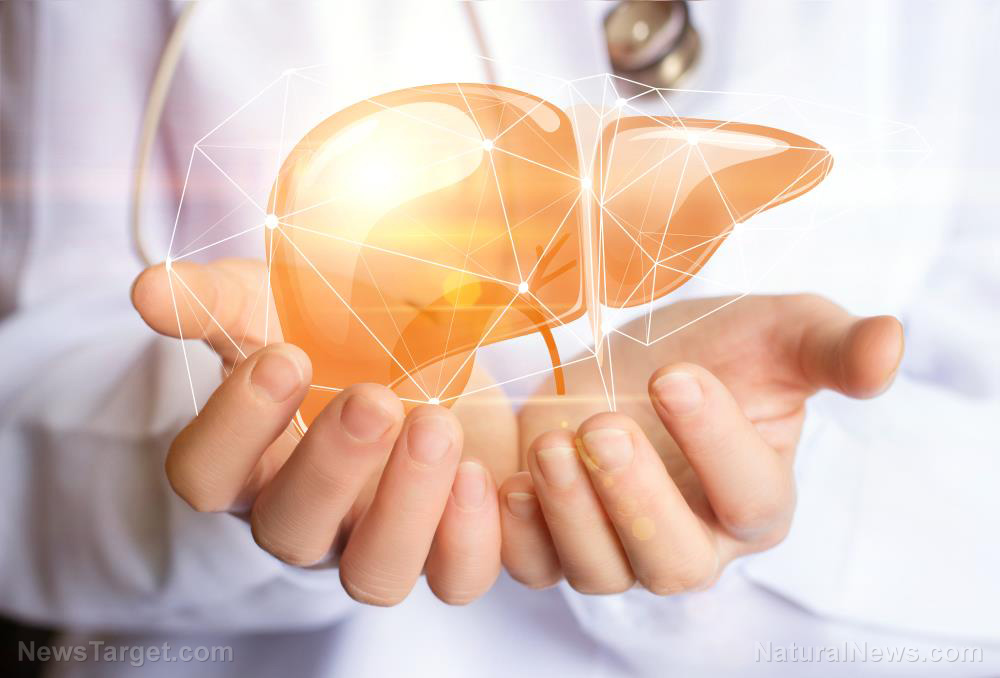
The potential anticancer molecules are called endocannabinoids. The body synthesizes them through natural means.
As their name indicated, they are similar to the cannabinoids in marijuana. However, endocannabinoids do not have the mind-altering effects of cannabinoids.
The University of Illinois, Urbana-Champaign (UIAC) study used an animal model of mice with osteosarcoma tumors. Osteosarcoma is a type of bone cancer that causes a lot of pain and is highly resistant to conventional cancer treatment.
Endocannabinoids acted upon the cancer in several ways. First, they stopped the tumors and affected blood vessels from growing larger.
Second, the molecules prevented the infectious cancer cells from migrating to healthy areas. Last but not least, endocannabinoids caused cancer cells to undergo self-destruction.
Study author Aditi Das explained that the endocannabinoid system found in the body reduces the amount of inflammation and pain experienced during illnesses. This same system also plays a role in stopping the growth and spread of cancer. (Related: Study: Fish oil helps fight arthritis, cancer, heart disease, depression by preventing inflammation – Are you getting enough?)
Omega-3 fatty acids can be turned into cancer-fighting endocannabinoids
Das and his fellow UAIC researchers had conducted an earlier study into omega-3 fatty acid metabolites. They discovered a new class of metabolic products called endocannabinoid epoxides (EDP-EAs).
The new metabolites activated the same receptor as cannabinoids. Furthermore, EDP-EAs also suppressed inflammation.
Other studies have demonstrated the anti-cancer activity of cannabis. Given the similar properties of EDP-EAs, the researchers decided to evaluate the molecules for their potential effects on cancer cells.
For their new study, they examined mice with osteosarcoma tumors. The lungs of these animals have been infected by the bone cancer.
The UAIC researchers found that cancerous lung tissue contained around 80 percent more EDP-EA than healthy counterparts. The significant result indicated the metabolites exerted an unknown effect on the cancer.
DHA-derived endocannabinoids stop cancer in multiple ways
A closer look revealed that greater amounts of EDP-EAs could kill cancer cells. Their cytotoxic effect was lower to that of chemotherapeutic drugs, but the advantage of the endocannabinoids is that they have multiple ways of stopping the cancer aside from directly killing its cells.
EDP-EA prevented the creation of new blood vessels that provide nutrients to the tumor. This slowed down the growth of the tumor.
The endocannabinoids also stopped the cancer cells from interacting with each other. Finally, they blocked the migration of cancer cells, preventing the spread to healthy tissues and organs.
"The major cause of death from cancer is driven by the spread of tumor cells, which requires migration of cells," explained UAIC researcher Timothy Fan, who served as Das' coauthor. "As such, therapies that have the potential to impede cell migration also could be useful for slowing down or inhibiting metastases."
Das said that increasing the amount of omega-3 fatty acids in the diet would raise the natural levels of EDP-EAs in the body. This would have protective effects against cancer.
PreventCancer.news has more articles about the anti-cancer activities of omega-3 fatty acids and their derivatives.
Sources include:
Please contact us for more information.



















